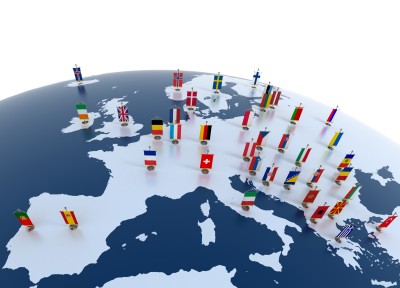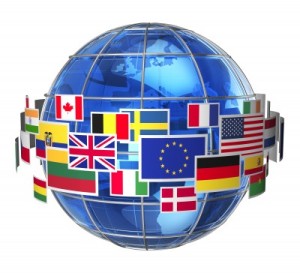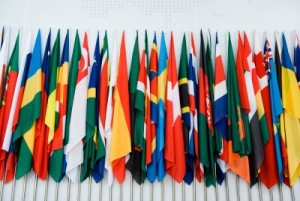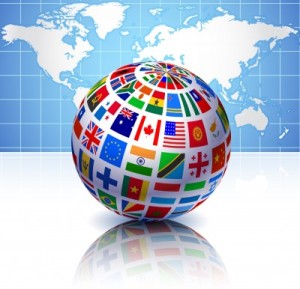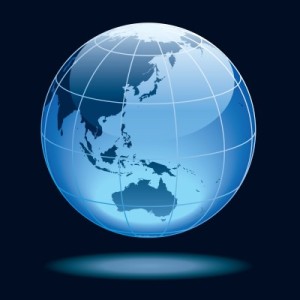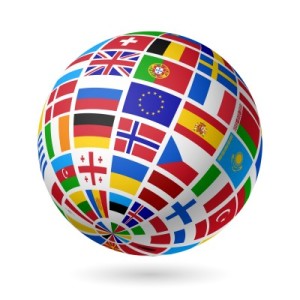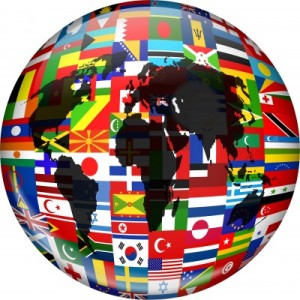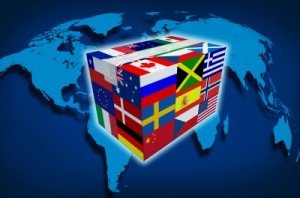 The ancient Romans built complex waterworks. Which of the following is sometimes credited with contributing to the decline of the Roman Empire's ruling class?
The ancient Romans built complex waterworks. Which of the following is sometimes credited with contributing to the decline of the Roman Empire's ruling class?
- A. Aqueducts that spread malaria
- B. Famine from poor crop irrigation
- C. Plumbing that caused lead poisoning
- Sir Benjamin Thompson was a physicist whose work led to improvements in cooking equipment and steam heating. True or false: Although a member of British nobility, Thompson was born in the United States.
- In the Americas, some of the oldest manmade water systems currently in operation can be found in which country?
- A. Canada
- B. Colombia
- C. Peru
- The clepsydra, or water clock, was the first mechanical clock. True or false: All authorities agree that it was invented in Japan.
- In 1854, British physician John Snow traced a disease outbreak to a single contaminated water well in Golden Square London. Which disease was traced to this pump?
- A. Anthrax
- B. Onchocerciasis
- C. Cholera
- Malaria-spreading mosquitoes breed in standing water. True or false: In Singapore, to prevent malaria, the law requires that outdoor flowerpots be properly drained.
- Potable water is a valuable resource in arid Australia. In the old Australian song "Waltzing Matilda," which of the following refers to a source of water?
- A. Billabong
- B. Coolibah
- C. Jumbuck
- Desalination plants convert sea water into drinking water, but the process is expensive. True or false: Today, most desalination plants are located in the Middle East.
- Wherever you travel, you need to be able to discern the men's restroom from the women's. Match the following terms (often found on restroom doors) with their countries.
-
A. Herren / Damen 1. Sweden B. Signori / Signore 2. Germany C. Herrar / Damer 3. Italy
-
- Some waters are believed to have rejuvenating powers. True or false: The famous spa at Baden-Baden, Germany, has been in use since Roman times.
Answers
- C. The Romans made their water pipes out of lead.
- True. Born in Massachusetts in 1753, he spied on the United States for England during the American Revolution.
- C. Some pre-Columbian irrigation systems and agricultural terraces developed by the Incas are still in use in Peru.
- False. The origin of the clepsydra is disputed, but it is usually credited to the Middle East, with refinements by the Chinese.
- C
- True. Singapore's Ministry of Environment orders strict fines for offenders.
- A. Billabong is an Aussie word for water hole.
- True
- A,2; B,3; C,1
- True

